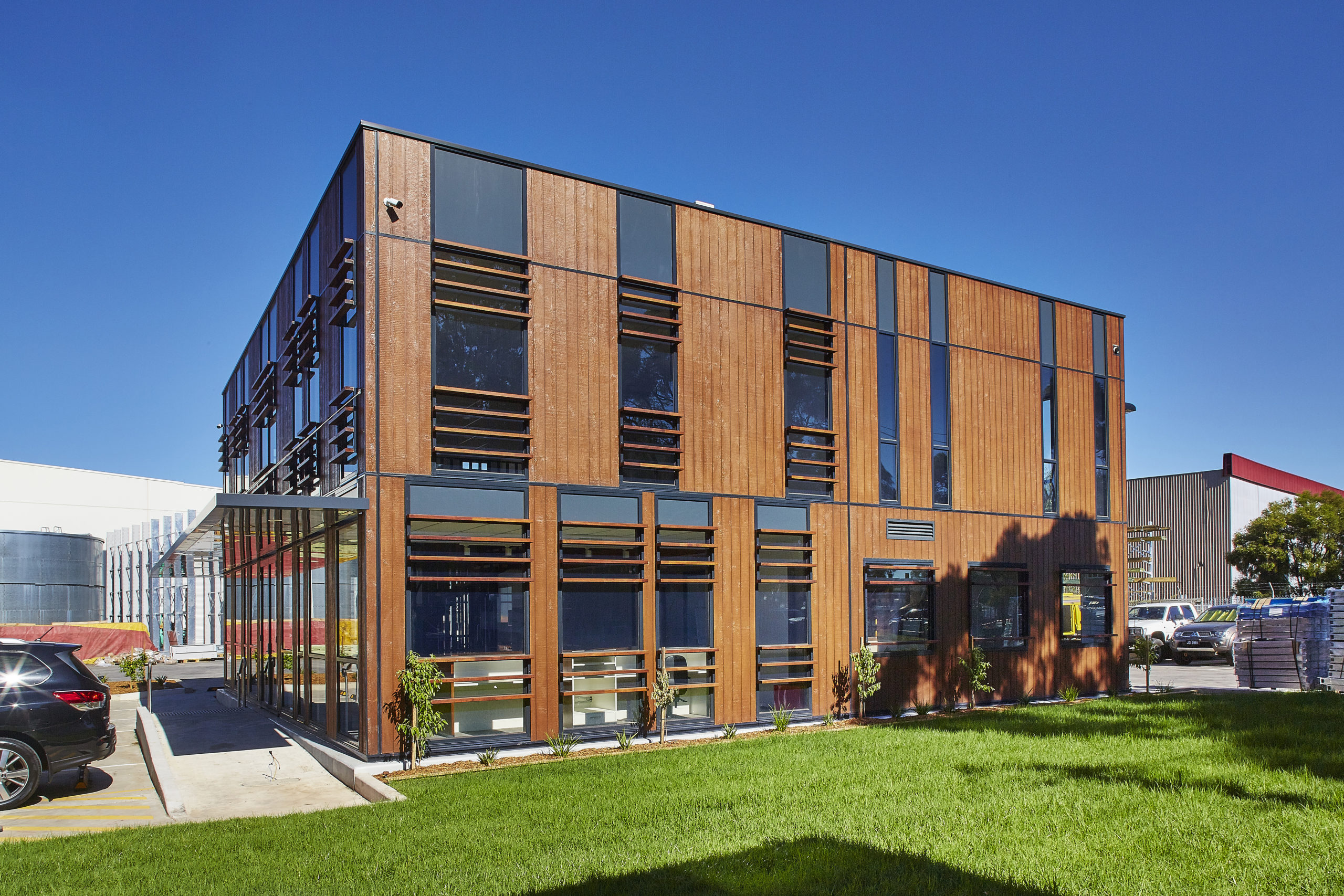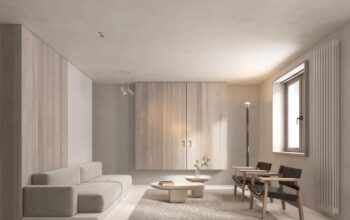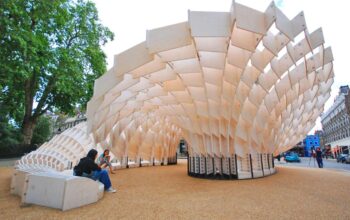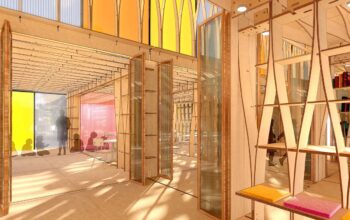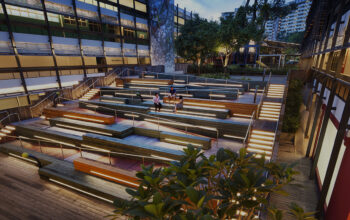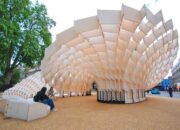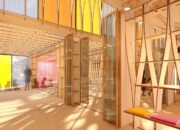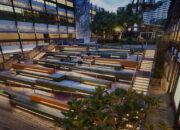In the ever-evolving landscape of construction, a silent revolution has been steadily gaining momentum: the widespread adoption of prefabricated structures. Once associated primarily with temporary housing or generic, uninspired designs, prefabrication has undergone a dramatic transformation. Today, it stands at the forefront of innovation, offering sophisticated, sustainable, and highly efficient building solutions across diverse sectors, from residential homes and commercial buildings to emergency shelters and specialized infrastructure.
This method, which involves manufacturing building components or entire modules off-site in a controlled factory environment, promises to redefine how we build, addressing critical challenges such as labor shortages, cost escalation, and the urgent need for sustainable practices. This article will delve into the compelling rise of prefabricated structures, explore the various types and methodologies, highlight their undeniable benefits, examine the challenges that are being overcome, and look ahead to the promising future of this accelerating construction trend.
Understanding Prefabrication
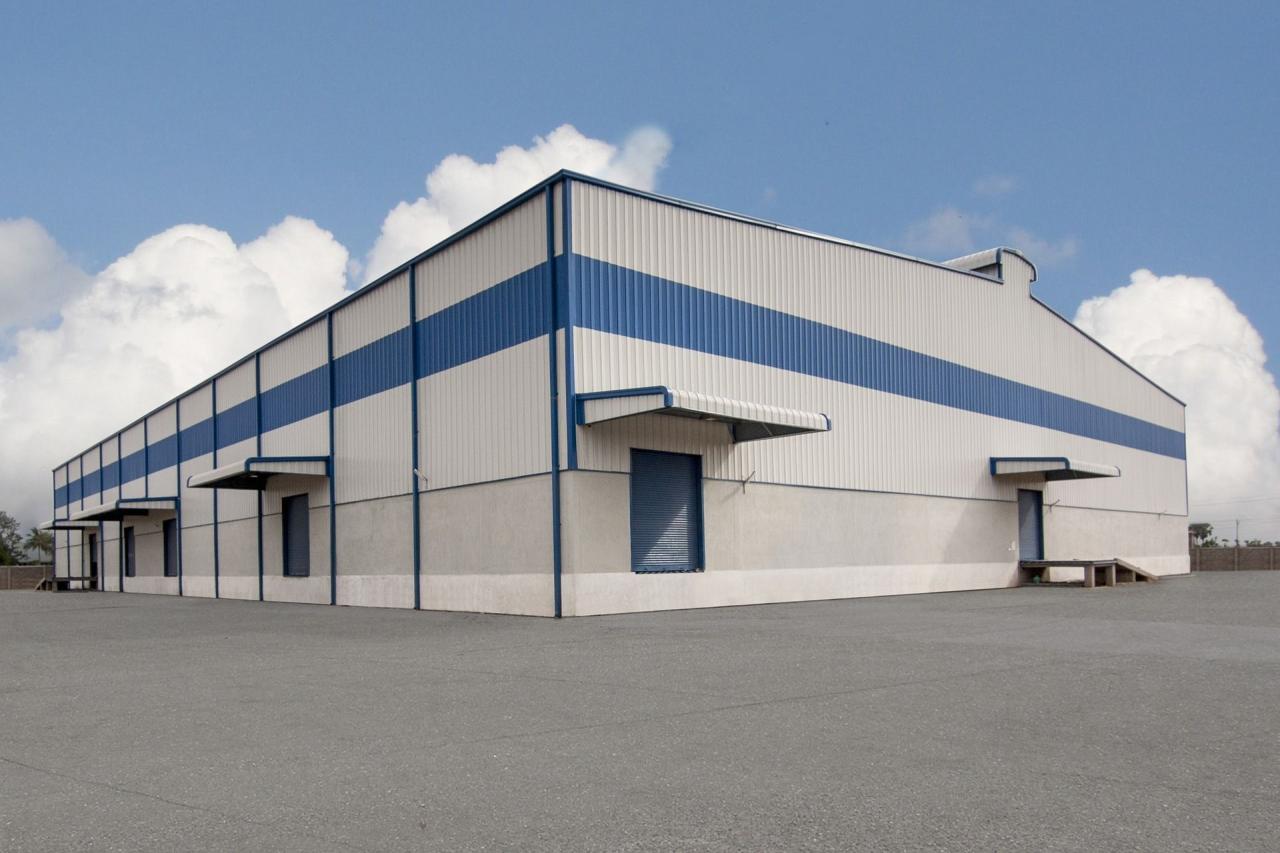
Prefabrication, at its core, is about moving construction from a traditional, on-site, labor-intensive process to a more industrialized, assembly-line approach. This fundamental shift underpins its growing appeal.
A. Definition and Core Concept:
- Off-site Manufacturing: Prefabrication involves manufacturing building elements or entire sections of a structure in a factory or workshop away from the final construction site. These components are then transported to the site and assembled.
- Controlled Environment: A key advantage is that manufacturing occurs in a controlled indoor environment, protecting materials and workers from adverse weather conditions, leading to higher quality and reduced waste.
- Assembly at Site: Once manufactured, the components or modules are transported to the construction site and quickly assembled, often like giant LEGO bricks, significantly reducing on-site construction time.
B. Historical Context and Evolution:
- Early Precursors: The concept isn’t entirely new. Examples like the Crystal Palace (1851) demonstrated early large-scale prefabrication. Catalog homes, popular in the early 20th century, also offered pre-cut components for on-site assembly.
- Post-War Boom: The mid-20th century saw a surge in prefabricated housing to meet rapid housing demands after World War II, though these often suffered from a reputation for poor quality or monotonous design.
- Modern Renaissance: The late 20th and early 21st centuries witnessed a resurgence, driven by technological advancements, increased demand for efficiency, and a focus on sustainability, leading to significantly improved quality and design versatility.
C. Types of Prefabricated Construction: Prefabrication encompasses a spectrum of approaches, each suited for different project types and scales.
- Panelized Construction:
- Description: Individual wall, floor, and roof panels, often with insulation, windows, and electrical conduits already installed, are manufactured off-site.
- Assembly: These panels are then delivered to the site and rapidly erected to form the building shell.
- Application: Common for residential homes and commercial buildings where faster shell erection is desired.
- Modular Construction:
- Description: Entire three-dimensional units or “modules” (e.g., a complete room, apartment section, or office pod) are manufactured off-site, complete with finishes, fixtures, and utilities.
- Assembly: These modules are transported to the site and craned into place, then connected to form a complete building.
- Application: Ideal for multi-story residential buildings, hotels, hospitals, and student dormitories, offering significant time savings.
- Manufactured Homes (Mobile Homes):
- Description: Fully completed dwelling units built on a permanent chassis and transported in one or more sections to the site, typically installed on a prepared foundation.
- Regulation: Governed by specific federal or national codes (e.g., HUD Code in the U.S.) rather than local building codes.
- Application: Primarily for single-family residential use, often in dedicated manufactured home communities.
- Pre-cut Homes:
- Description: All lumber and structural components are cut to exact size off-site, numbered, and then shipped for assembly on-site.
- Application: Often used for log cabins, timber frame homes, or custom designs where precision cutting is beneficial.
- Hybrid Prefabrication:
- Description: Combines elements of different prefabrication types (e.g., modular core units with panelized exterior walls) or integrates prefabricated components into traditionally built structures.
- Application: Offers flexibility to optimize for specific project requirements and site conditions.
Compelling Benefits Driving Growth
The rapid pace at which prefabricated structures are gaining ground is largely attributed to their numerous, tangible benefits that address many pain points of conventional construction.
A. Enhanced Efficiency and Speed:
- Faster Construction Timelines: Because site work (foundation, utilities) can occur simultaneously with off-site manufacturing, overall project schedules can be reduced by 30-50% or more. This leads to quicker occupancy and faster return on investment.
- Reduced On-Site Labor: A significant portion of the work is done in a factory setting, requiring less on-site labor and reducing the impact of labor shortages.
- Predictable Scheduling: Factory production is less susceptible to weather delays, leading to more predictable project completion dates.
B. Superior Quality Control:
- Controlled Factory Environment: Manufacturing in an indoor, climate-controlled setting minimizes exposure to elements that can degrade materials (e.g., rain, extreme temperatures).
- Consistent Processes and Workmanship: Factory settings allow for repeatable processes, specialized machinery, and stringent quality checks at every stage of production, leading to higher precision and consistency in construction.
- Reduced Defects: The controlled environment and systematic quality checks significantly reduce the likelihood of construction defects.
C. Cost Effectiveness:
- Reduced Waste: Factory precision cuts lead to less material waste, which lowers material costs and disposal fees.
- Bulk Purchasing Power: Manufacturers can buy materials in larger quantities, often at discounted rates, passing savings on to the client.
- Shorter Project Lifecycles: Faster completion means reduced carrying costs (e.g., loan interest, security), quicker revenue generation, and lower overall project management expenses.
- Predictable Costs: The factory setting allows for more accurate cost estimation, reducing the risk of budget overruns common in traditional construction.
D. Environmental Sustainability:
- Minimized Material Waste: As noted, factory production generates significantly less waste compared to on-site construction, and waste materials can often be recycled within the factory.
- Reduced Site Disturbance: Less activity on the construction site means less disruption to the local environment and less erosion.
- Lower Transportation Emissions: Although modules are transported, the number of overall deliveries to the site (e.g., fewer individual material shipments) is often reduced. Consolidating work in a factory also means fewer worker commutes.
- Energy Efficiency: Prefabricated components often feature superior insulation and airtightness due to precise manufacturing, leading to more energy-efficient buildings and reduced operational costs.
E. Enhanced Safety:
- Safer Working Conditions: Much of the construction work is performed at ground level in a controlled factory environment, reducing risks associated with working at heights, heavy machinery operation on cluttered sites, and exposure to adverse weather.
- Improved Ergonomics: Factory settings allow for better ergonomic setups and specialized equipment, further enhancing worker safety.
F. Design Versatility and Customization:
- Beyond “Cookie-Cutter”: Modern prefabrication offers immense design flexibility. Advanced computer-aided design (CAD) and manufacturing (CAM) technologies allow for highly customized designs, complex geometries, and diverse aesthetic finishes.
- High-End Options: Prefabrication is increasingly used for luxury homes and architecturally significant commercial buildings, demonstrating its ability to deliver premium quality and unique design.
- Rapid Prototyping: The factory setting allows for efficient prototyping and testing of new designs and construction techniques.
Overcoming Challenges and Dispelling Myths

Despite its clear advantages, prefabrication has historically faced, and continues to address, certain challenges and misconceptions.
A. Regulatory Hurdles and Zoning Issues:
- Varying Definitions: The legal classification of prefabricated structures (e.g., “manufactured home,” “modular home,” “recreational vehicle”) can vary significantly between jurisdictions, leading to confusion and inconsistent regulations.
- Restrictive Zoning Codes: Some local zoning ordinances have minimum square footage requirements, aesthetic restrictions, or specific rules for “mobile” structures that can hinder the placement of prefabricated buildings.
- Inspection Challenges: Coordinating inspections between the factory (for components) and the site (for assembly and foundations) can be complex, though processes are improving.
B. Transportation Logistics:
- Permitting and Routes: Transporting large, oversized modules or panels requires specialized permits, careful route planning to avoid obstacles, and often escorts, which can add to costs and complexity.
- Site Accessibility: The construction site must have adequate access for large trucks and cranes to deliver and place modules.
C. Financing and Insurance:
- Appraisal Challenges: Appraising modular homes can sometimes be difficult if local comparables are scarce or if appraisers are unfamiliar with the unique characteristics of prefabricated construction.
- Lending Misconceptions: While traditional mortgages are available for foundation-built modular homes, some lenders or consumers may still associate “prefabricated” with older, lower-value manufactured homes.
D. Public Perception and Stigma:
- Outdated Stereotypes: The most persistent challenge is overcoming outdated perceptions of prefabrication being synonymous with low-quality, monotonous, or temporary “trailer homes.”
- Educational Gap: A lack of public awareness about the technological advancements and quality improvements in modern prefabrication contributes to lingering skepticism.
E. Industry Adaptation:
- Retooling and Investment: Traditional construction companies need to invest in new technologies, training, and processes to adapt to prefabricated methods.
- Supply Chain Integration: Integrating off-site manufacturing into the broader construction supply chain requires careful coordination and new logistics models.
The Accelerating Future of Prefabricated Structures
The trajectory for prefabricated structures is one of significant growth and increasing sophistication, poised to become a dominant force in global construction.
A. Mainstream Acceptance and Adoption: As benefits become undeniable and regulations adapt, prefabrication will become the preferred method for a wider range of building types, moving beyond niche markets.
B. Technological Advancements:
- Robotics and Automation: Increased use of robots and automation in factories will further enhance precision, speed, and safety in manufacturing.
- Advanced Materials: Development of new lightweight, sustainable, and high-performance materials tailored for off-site construction.
- Building Information Modeling (BIM) and Digital Twins: Greater integration of BIM for seamless design-to-fabrication workflows, and the use of digital twins for monitoring and managing buildings post-occupancy.
C. Increased Integration and Customization:
- Hybrid Models: More sophisticated hybrid construction models will emerge, combining the best of traditional and prefabricated techniques.
- Mass Customization: Factories will become increasingly adept at “mass customization,” allowing for highly personalized designs at scale, dispelling the “cookie-cutter” myth entirely.
D. Addressing Global Challenges:
- Affordable Housing Crisis: Prefabrication offers a scalable solution to rapidly build high-quality, affordable housing in urban and rural areas worldwide.
- Climate Change Mitigation: The inherent sustainability of prefabrication will make it a crucial tool in reducing the carbon footprint of the built environment.
- Disaster Response and Resilience: Rapidly deployable and resilient prefabricated structures will play an even greater role in humanitarian and disaster relief efforts.
E. Talent Pipeline and New Skills:
- Factory-Based Jobs: The shift to off-site construction will create new types of skilled labor jobs in manufacturing settings, requiring different skill sets than traditional on-site construction.
- Design for Manufacture and Assembly (DfMA): Architects and engineers will increasingly specialize in DfMA principles, optimizing designs for efficient factory production and assembly.
Conclusion
The journey of prefabricated structures, from humble beginnings to sophisticated, high-performance solutions, marks a significant evolution in the construction industry. The mounting pressures of housing shortages, rising costs, labor scarcity, and environmental imperatives have created a fertile ground for prefabrication to truly flourish. Its inherent advantages in speed, quality, cost-effectiveness, and sustainability make it not just an alternative, but an increasingly essential method for building the future. As technology continues to advance and misconceptions fade, prefabricated structures are not merely gaining pace; they are accelerating towards becoming the standard, building a smarter, more efficient, and more sustainable world, one module at a time. The future of construction is undoubtedly being built off-site.

